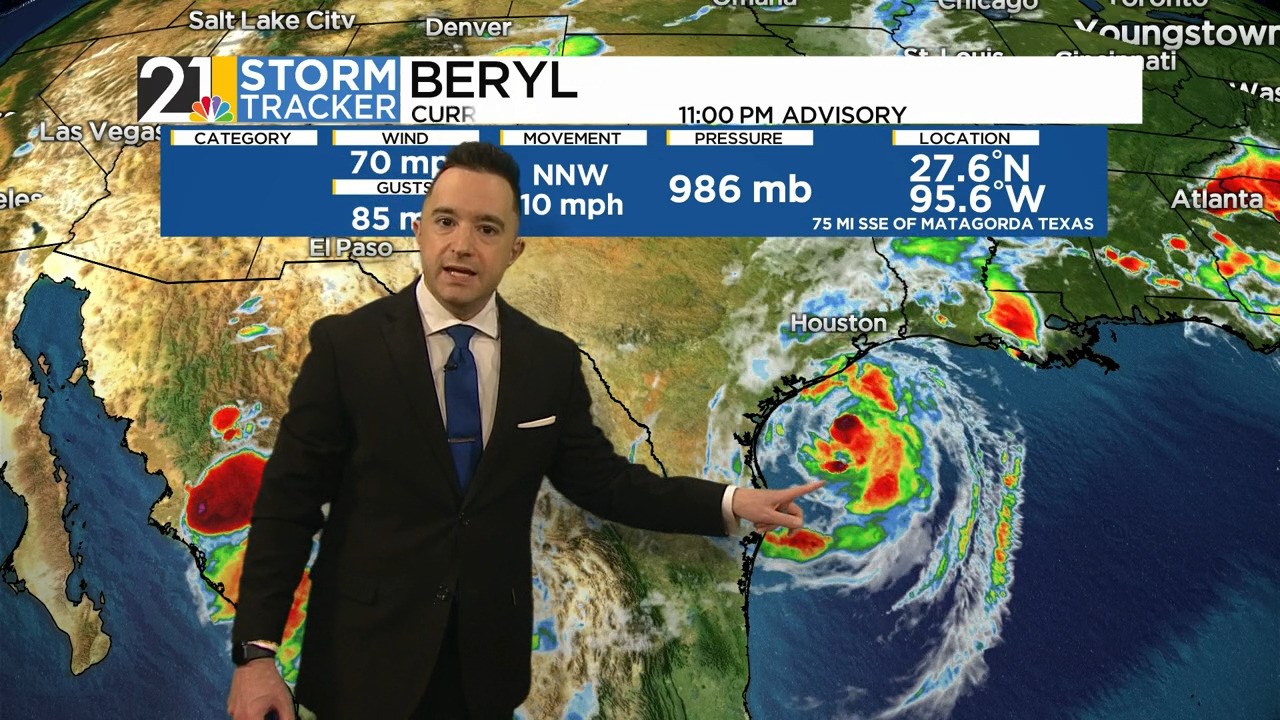Storm Types and Characteristics: Storm Tracker
Storm tracker – Storms, a force of nature, manifest in diverse forms, each with distinct characteristics. Understanding these types and their defining features is crucial for storm tracking and predicting their potential impacts.
Like a vigilant guardian, the storm tracker tirelessly monitors the skies, its keen eye scanning for the slightest disturbance. As Hurricane Beryl roars to life, the tracker’s attention is drawn to the hurricane beryl live , providing invaluable insights into its path and intensity.
Through its unwavering gaze, the storm tracker ensures that communities remain informed and prepared, ready to weather the storm.
Storm Classification
Storms are primarily classified based on their scale, intensity, and the processes that drive them. The most common types include:
- Tropical Cyclones: Massive rotating storms forming over warm ocean waters, characterized by low pressure, high winds, and heavy rainfall.
- Thunderstorms: Localized, short-lived storms with intense lightning, thunder, and heavy precipitation.
- Winter Storms: Associated with cold fronts and characterized by snow, sleet, freezing rain, or high winds.
- Tornadoes: Violently rotating columns of air extending from the base of a thunderstorm, capable of causing severe damage.
- Hurricanes: Intense tropical cyclones with sustained winds exceeding 74 mph, bringing heavy rainfall, flooding, and storm surges.
Storm Intensity Scales
Storm intensity is measured using various scales, including the Saffir-Simpson Hurricane Wind Scale, Enhanced Fujita Scale, and Beaufort Wind Scale. These scales provide a standardized method for assessing storm strength and potential impacts.
The dance of the storm has always fascinated, its patterns an enigmatic symphony. With storm trackers, we’ve unravelled its secrets, deciphering the choreography of clouds and wind. And now, we delve deeper into the tornado’s fury, its twisting vortex a testament to nature’s untamed power.
Tornado trackers unveil the secrets of these twisters, their movements and potential impact. Through their tireless pursuit, we gain invaluable insights into the storm’s enigmatic ballet, allowing us to anticipate its steps and safeguard ourselves from its wrath.
Notable Storms and Impacts
Throughout history, storms have left an indelible mark on specific regions. Some notable examples include:
- Hurricane Katrina (2005): A Category 5 hurricane that devastated the Gulf Coast of the United States, causing widespread flooding and loss of life.
- Great Blizzard of 1888: A severe winter storm that paralyzed the northeastern United States, with snowfall reaching up to 40 inches in some areas.
- 1999 Oklahoma City Tornado: An F5 tornado that killed 36 people and caused billions of dollars in damage.
Storm Tracking and Forecasting

Accurately tracking and forecasting storms is crucial for disaster preparedness and response. This involves utilizing advanced technologies and weather models to monitor storm development, predict their paths, and estimate their intensity.
Methods and Technologies for Storm Tracking
- Weather Satellites: Geostationary and polar-orbiting satellites provide real-time images and data on cloud formations, precipitation, and wind patterns.
- Doppler Radar: Ground-based and airborne radar systems detect precipitation and measure wind speeds, providing detailed information on storm structure and movement.
- Lightning Detection Networks: Sensors detect lightning strikes, indicating the presence of active thunderstorms and helping to track their paths.
- Aircraft Reconnaissance: Aircraft equipped with specialized instruments fly into storms to collect data on wind speeds, temperature, and pressure, providing valuable insights into their intensity.
Role of Weather Models in Storm Forecasting
Weather models are computer simulations that use mathematical equations to predict atmospheric conditions. They ingest data from various sources, including observations from weather stations, satellites, and radar, to generate forecasts of storm tracks, intensity, and precipitation.
Importance of Accurate Forecasting
Accurate storm forecasting enables timely warnings and evacuations, saving lives and property. It also supports decision-making for emergency responders, allowing them to allocate resources effectively and prepare for potential impacts.
Storm Impacts and Mitigation

Storms, with their formidable power, pose significant threats to infrastructure, communities, and the environment. Understanding the potential impacts and implementing effective mitigation strategies is crucial for safeguarding lives, property, and ecosystems.
Storms can unleash a range of devastating consequences, including:
- Infrastructure damage: Storms can cripple transportation systems, disrupt power and communication networks, and damage buildings and bridges.
- Community disruption: Storms can displace residents, disrupt livelihoods, and overwhelm emergency services, leading to social and economic chaos.
- Environmental degradation: Storms can erode coastlines, pollute waterways, and damage forests, impacting biodiversity and ecosystem services.
Mitigation Strategies, Storm tracker
Mitigating storm damage requires a comprehensive approach involving preparedness, infrastructure improvements, and community engagement.
- Evacuation plans: Establishing clear and efficient evacuation plans ensures the timely and safe relocation of people from vulnerable areas.
- Flood control systems: Implementing floodwalls, levees, and drainage systems helps control flooding and protect communities from inundation.
- Building codes: Enforcing strict building codes ensures that structures can withstand storm forces, reducing the risk of damage and collapse.
Case Studies
Successful storm mitigation efforts have demonstrated the effectiveness of these strategies. For example, the Netherlands’ extensive system of dikes and floodgates has protected the country from catastrophic flooding for centuries.
Lessons learned from past events, such as Hurricane Katrina in the United States, have led to improvements in evacuation plans and flood control infrastructure, reducing the severity of subsequent storms.